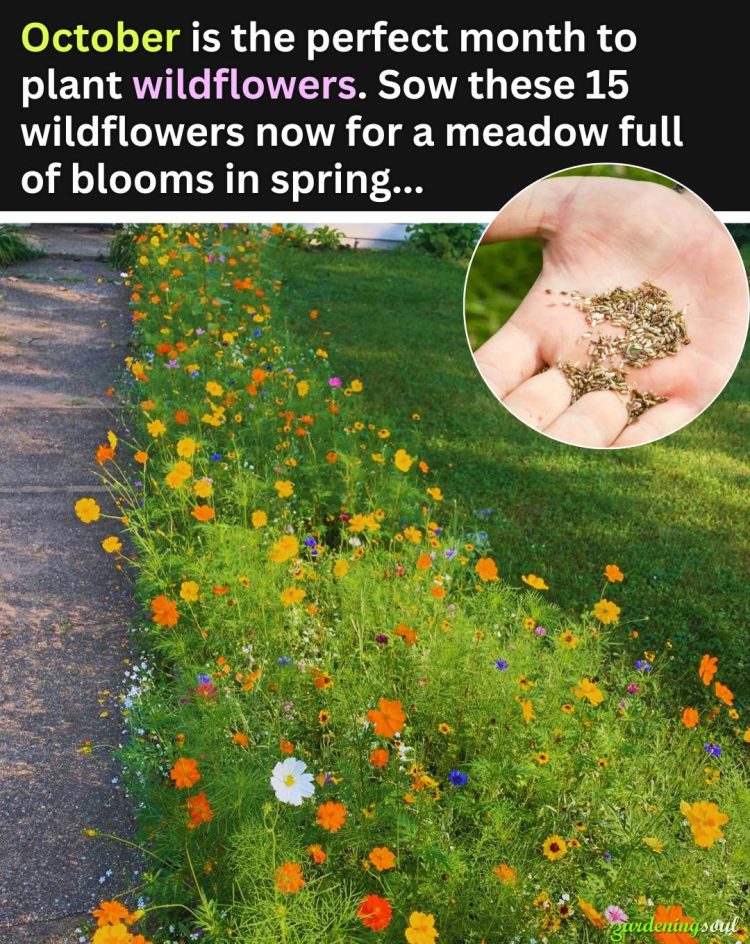Sow in full sun with well-drained soil.
Divide clumps every 2–3 years for vigor.
9. Purple Coneflower (Echinacea purpurea)
Why Plant It: With its bold purple petals and prominent centers, echinacea is both ornamental and medicinal.
Bloom Time: Summer to early fall.
Height: 2–4 feet.
Wildlife Value: Bees, butterflies, and seed-eating birds like goldfinches adore it.
Zones: 3–9.
Companions: Rudbeckia, daisies, phlox.
Growing Tips:
Prefers full sun and fertile, well-draining soil.
Cold stratification improves germination.
Drought-tolerant once established.
10. Larkspur (Consolida ajacis)
Why Plant It: Tall spikes of pink, purple, blue, or white bring elegance and vertical drama.
Bloom Time: Late spring to early summer.
Height: 1–4 feet.
Wildlife Value: Attracts pollinators; deer-resistant.
Zones: 2–11 (annual).
Companions: Poppies, cornflowers, nigella.
Growing Tips:
Needs full sun and well-drained soil.
Seeds germinate best after a chilling period (perfect for October sowing).
11. Nigella (Nigella damascena)
Why Plant It: Also called Love-in-a-Mist, Nigella offers delicate blue, pink, or white flowers surrounded by feathery foliage.
Bloom Time: Late spring to midsummer.
Height: 12–24 inches.
Wildlife Value: Pollinator-friendly, and seed pods are attractive in arrangements.
Zones: 2–11 (annual).
Companions: Larkspur, cornflower, poppy.
Growing Tips:
Prefers cooler conditions, making fall sowing ideal.
Self-seeds generously, naturalizing easily.
12. Phacelia (Phacelia tanacetifolia)
Why Plant It: Phacelia produces lavender-blue flowers beloved by bees and is one of the best pollinator plants for meadows.
Bloom Time: Spring through summer.
see continuation on next page
